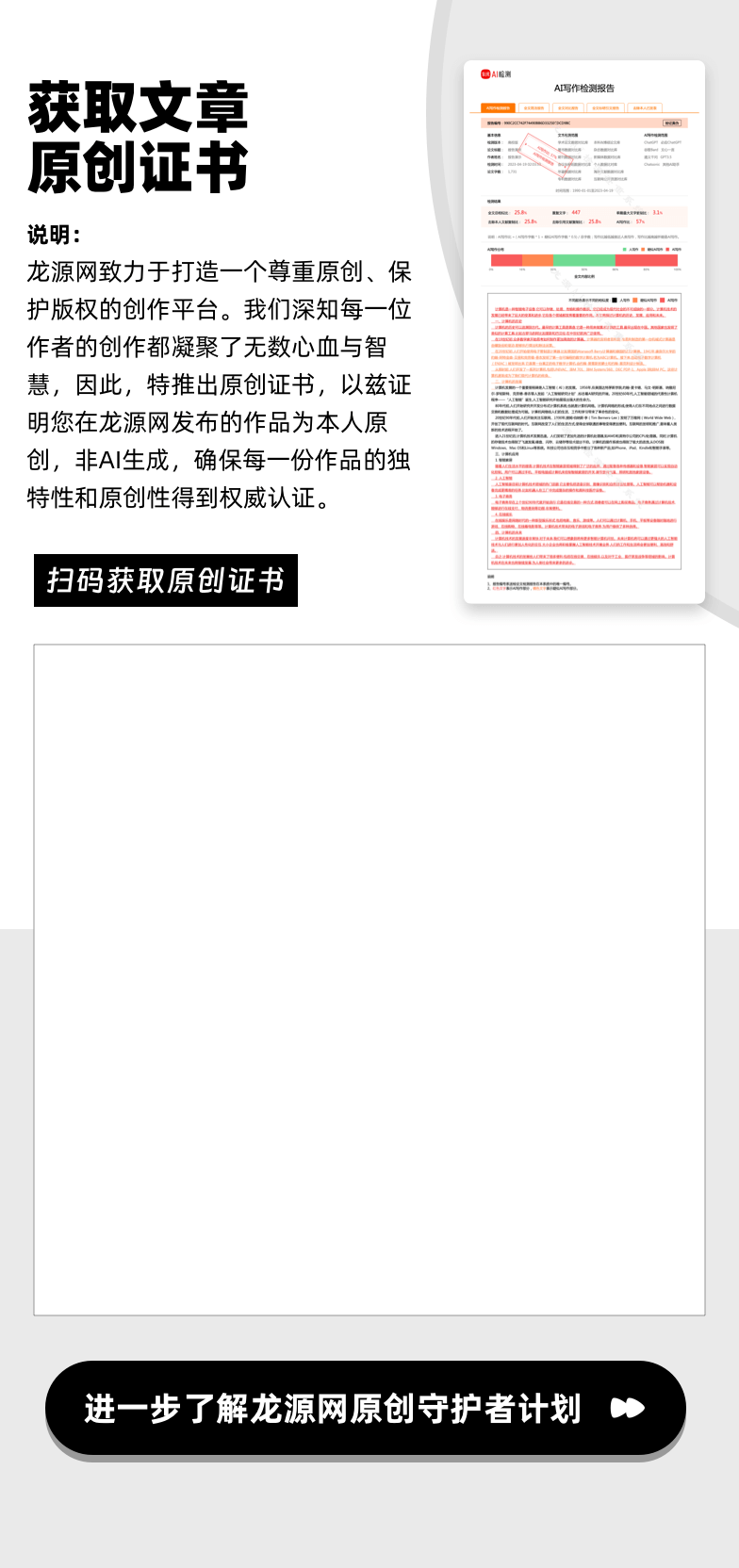
- 收藏
- 加入书签
AI时代的法律翻译与对外传播研究
摘要:在AI时代背景下,法律翻译与对外传播的方式和策略正经历着前所未有的变革。本文旨在探讨《中华人民共和国民法典》的翻译与对外传播问题,特别是在AI技术的应用方面进行深入分析。通过对现有研究和实践案例的梳理,本文试图揭示AI技术在法律翻译与对外传播中的潜力与挑战,以及如何更有效地利用这些技术提升法律文件的对外传播效果。
关键词:《中华人民共和国民法典》、法律翻译、AI
引言:
随着全球化进程的加速,法律文本的对外传播变得日益重要。《中华人民共和国民法典》作为中国法治的重要里程碑,其翻译和传播工作不仅涉及语言文字的转换,更关乎文化的传递和国际法治形象的塑造。近年来,人工智能技术的发展为法律翻译带来了新的机遇与挑战。本文将以《民法典》为例,探讨AI技术在法律翻译与对外传播中的应用,分析其优势与局限,以期为未来的法律文本翻译提供参考和借鉴。
1、民法典翻译对比分析
所有权人有权在自己的不动产或者动产上设立用益物权和担保物权。用益物权人、担保物权人行使权利,不得损害所有权人的权益。
官方:An owner of immovable or movable property is entitled to create a right to usufruct and a security interest on his own immovable or movable property. A usufructuary or security interest holder, when exercising his rights, may not harm the rights and interests of the owner.
百度翻译:The owner has the right to establish usufructuary and security rights over their own immovable or movable property. The usufructuary right holder and the security right holder shall exercise their rights without harming the rights and interests of the owner.
ChatGPT译:The owner has the right to establish usufructuary and security rights on their real or personal property. The exercise of rights by usufructuary and security right holders shall not prejudice the interests of the owner.
有道翻译:The owner shall have the right to create usufructuary rights and security rights in his own immovable or movable property. A usufructuary or security right holder may not impair the rights and interests of the owner when exercising the right.
从根本上看,机器翻译的本质问题是语言问题,在宏观层面上,机器翻译的过程就是输入源语后再输出目标语的过程,机器翻译的起点和终点相当于语言的转化,其从根本上需要解决的还是语言问题。作为一种专业语言,法律语言具有丰富的文化内涵,同样表现出鲜明的语言色彩(张法连, 2019:165)。因此,在机器法律翻译的过程中,法律语言色彩的感知与再现将是机器翻译不可回避的一个问题。由上述例子可以看出,“不得”是汉语中法律禁令的最主要表达方式之一,而在英语中法律禁令的表达方式却相对多元,其表示禁止的语气强弱也不尽相同。在表达禁令的句式中,must not语气最强,may not语气次之,shall not语气最弱(李克兴, 2007)。在例3中,除了有道翻译与官方译本采用了“may not”的翻译,Chatgpt将该立法语句中的“不得”翻译为表示禁止语气最弱的shall not,而百度翻译则直接采用了介词“without”来表达“不得”的意思。考虑到立法文本的强制性和权威性, 该句应该选择语气更强的must not或may not。同时,考虑到此句旨在限制公民的自由和权利,若使用must not则语气过重,与中国宪法规定的“一切权力属于人民”的精神相左。因此,该例句中的“不得”应译为禁止语气色彩相对折中的may not,如此一来才能更准确的表达该法条的意思,同时才能发挥较好的传播效果。
例二
债权是因合同、侵权行为、无因管理、不当得利以及法律的其他规定,权利人请求特定义务人为或者不为一定行为的权利。
官方译本:A right in personam is the right of an obligee to request a specific obligor to do or not to do a certain act, as arising from a contract, a tortious act, a negotiorum gestio, or unjust enrichment, or otherwise arising by operation of law.
有道:The creditor's right is the right of the obligee to request the obligee to act or not to act because of the contract, tort, management without cause, unjust enrichment and other provisions of the law.
百度:Creditor's rights refer to the right of the right holder to request a specific obligor to act or not to act in a certain way due to contracts, torts, unfounded management, improper enrichment, and other legal provisions.
ChatGPT:The right of claim arises from contract, tortious acts,causeless management, unjust enrichment, as well as other provisions of law. The creditor has the right to demand that the obligated party perform or refrain from certain actions.
无因管理是指是指没有法定的或约定的义务,为避免他人利益受损失,自愿管理他人事务或为他人提供服务的行为。是民法中债的发生根据之一。有道翻译将其译为“management without cause”,翻译过于口语化,无法显示出民法典语言的庄严凝重,其次百度的译文“unfounded management”,而“unfounded”通常被理解为“没有根据的”或“无理的”“无因管理”的核心含义在于“没有法定或约定的义务”,自愿管理他人事务或为他人提供服务,这与“无因管理”的法律含义存在偏差。最后ChatGPT的译文“causeless management”,“causeless management”在字面上可能被理解为“没有原因的管理”,这可能会引发对“无因管理”概念的误解。官方译本将“无因管理”翻译为“a negotiorum gestio”有其特定的合理性和优势,主要体现在以下几个方面,第一在历史与文化的传承方面,“negotiorum gestio”在罗马法中就有对应的含义,即“无因管理;未经授权的代理”。这种翻译保留了法律术语的历史传统,有助于法律文化的传承和延续。第二,在准确性方面,“negotiorum gestio”在含义上与“无因管理”高度契合,都强调了在没有法定或约定的义务下,为避免他人利益受损而进行的管理行为。这种翻译准确地传达了“无因管理”的核心含义。第三,在专业性方面,在法律领域,术语的准确性至关重要。使用“a negotiorum gestio”这样的专业术语,能够确保法律文本的严谨性和专业性,避免产生歧义或误解。综上所述,将民法典中的“无因管理”翻译为“a negotiorum gestio”具有多方面的优势,不仅保留了法律术语的历史传统,还确保了术语的准确性、专业性和国际化。这种翻译方式有助于更好地传达法律文本的含义,促进法律文化的传承和发展。
例三:
第484条:以通知方式作出的承诺,生效的时间适用本法第一百三十七条的规定。承诺不需要通知的,根据交易习惯或者要约的要求作出承诺的行为时生效。
官方译本:Where an acceptance is made by means of notice, the time when the acceptance becomes effective shall be governed by the provisions of Article 137 of this Code.
Where an acceptance notice is not required, the acceptance becomes effective when an act of acceptance is performed according to the parties’ course of dealing or as indicated by the offer.
百度: The provisions of Article 137 of this Law shall apply to the effective time of commitments made by notification.
Promises that do not require notification shall take effect when they are made in accordance with trading habits or the requirements of the offer.
有道:The effective time of an undertaking made by notification shall be governed by the provisions of Article 137 of this Law.
Where an acceptance does not require notice, it shall take effect when the acceptance is made in accordance with trading practices or the requirements of the offer.
ChatGPT: If a commitment is made in the form of a notice, the time of its effectiveness shall be subject to the provisions of Article 137 of this Law.
Where a commitment does not require a notice, it shall take effect when the act of making the commitment is performed in accordance with trade practices or the requirements of the offer.
对于《民法典》第四百八十四条的译文,官方译本整体上按照法律英语中的常见句式结构和专业术语翻译该条文。使用了“where”开头的从句,用“governed by”来表达“适用”的概念,在法律英语中较为常见,表达准确。
与官方译本相比,百度译本中以“The provisions of Article 137”作为主语,法条中的主语为“承诺”,承诺的生效时间适用第137条的规定,译本的意为137条适用于承诺的生效时间,与立法意图是截然相反的。在法律翻译中,由于中文句子往往依赖整体意义来组织句子,语序的变化对其意义影响不大;而在英语句子中,微小的语序变化可能导致意义明显不同。这种差异在翻译过程中若处理不当,可能导致译文失真,进而引发读者对原法律条文立法意图的误解,影响法律条文的效力。
条文中的“交易习惯”,官方译本中使用的是“the parties’ course of dealing”,其他译本中使用的是“trading habits”、“trading practices”和“trade practices”, “trading habits”作为“交易习惯”的译文较为常见,易于理解,“practices”可能更强调反复进行的实际行为,“trade practices”没有明确指出是“双方的交易习惯”。机器翻译虽然能够表达出条文的基本含义,但是缺乏精确性。
2、结语
《民法典》英译是推动中国法治话语对外传播、促进国际法律交流的伟大工程,是彰显我国法治文化自信的窗口。随着新技术的不断发展与应用,在这个全新的AI时代,各类机器翻译在我国的法律翻译与对外传播方面发挥着巨大的作用,但通过上文分析我们仍可以得出,目前的AI机器翻译在翻译法律文本时仍存在准确性不够、错翻误翻等问题,因而会对民法典的对外传播造成一定阻碍,希望在不远的未来,随着科技的不断进步,机器翻译准确性大大提升,进而推动我国法律传播走向世界,更好的促进人类命运共同体的发展。综上所述,AI时代为法律翻译与对外传播带来了新的机遇与挑战。通过深入分析和合理利用AI技术,可以有效提升法律文本的对外传播效果,促进国际法治交流与合作。同时,还需关注AI技术在法律传播中可能引发的文化差异问题,采取相应措施加以应对。
参考文献:
[1]李克兴. 英语法律文本中主要情态动词的作用及其翻译[J]. 中国翻译,2007,(06):54-60+96.
[2]张法连. 法律翻译中的机器翻译技术刍议[J]. 外语电化教学,2020,(01):53-58+8 [3]张法连.法律文体翻译基本原则探究[J].中国翻译,2009,30(05):72-76+96.
[4]张法连,马彦峰.《民法典》英译中的文化自信[J].解放军外国语学院学报,2022,45(01):128-135+161.






 京公网安备 11011302003690号
京公网安备 11011302003690号


